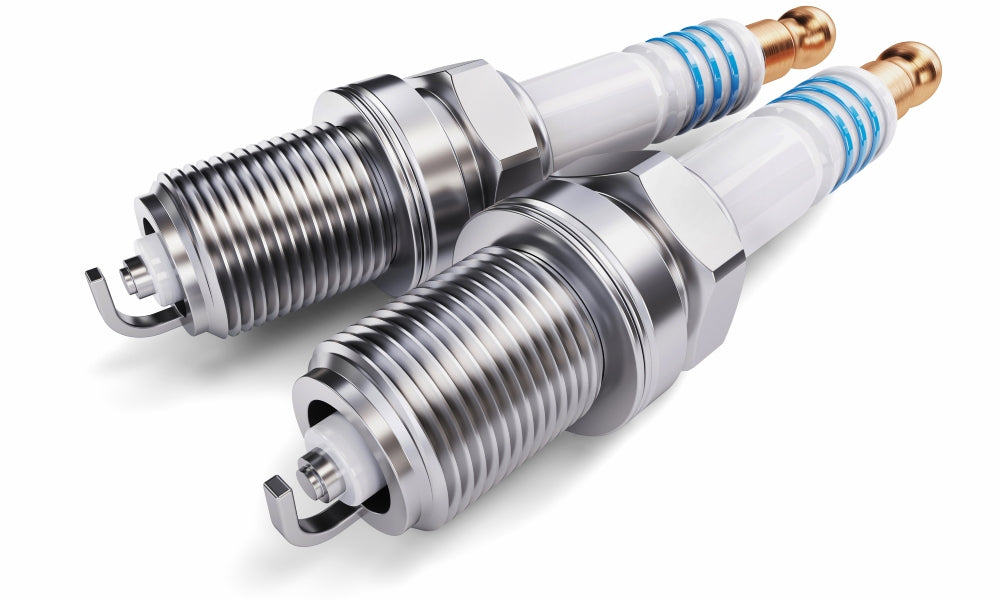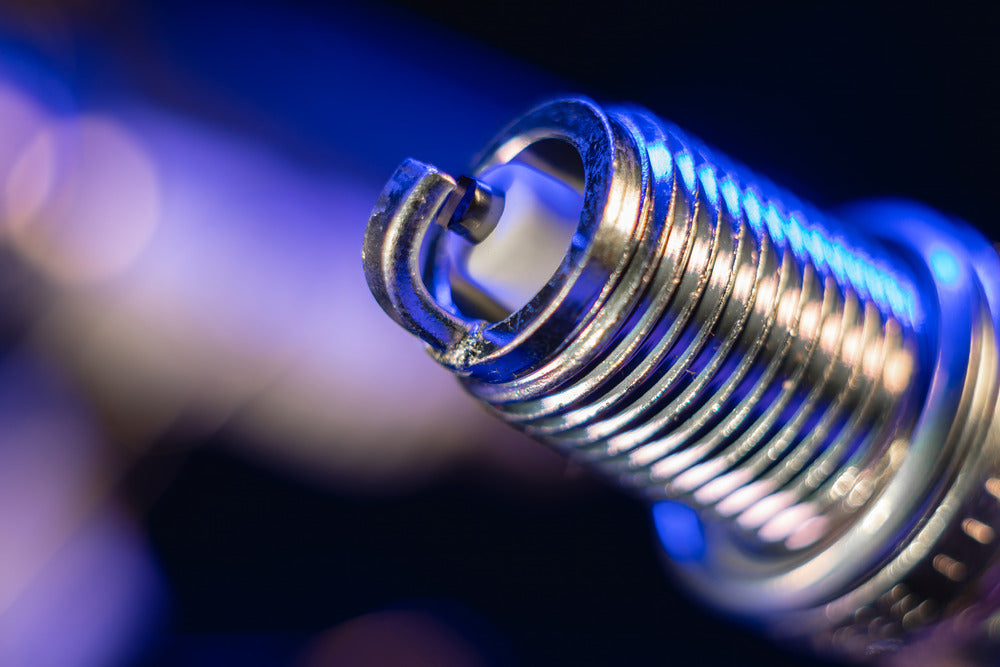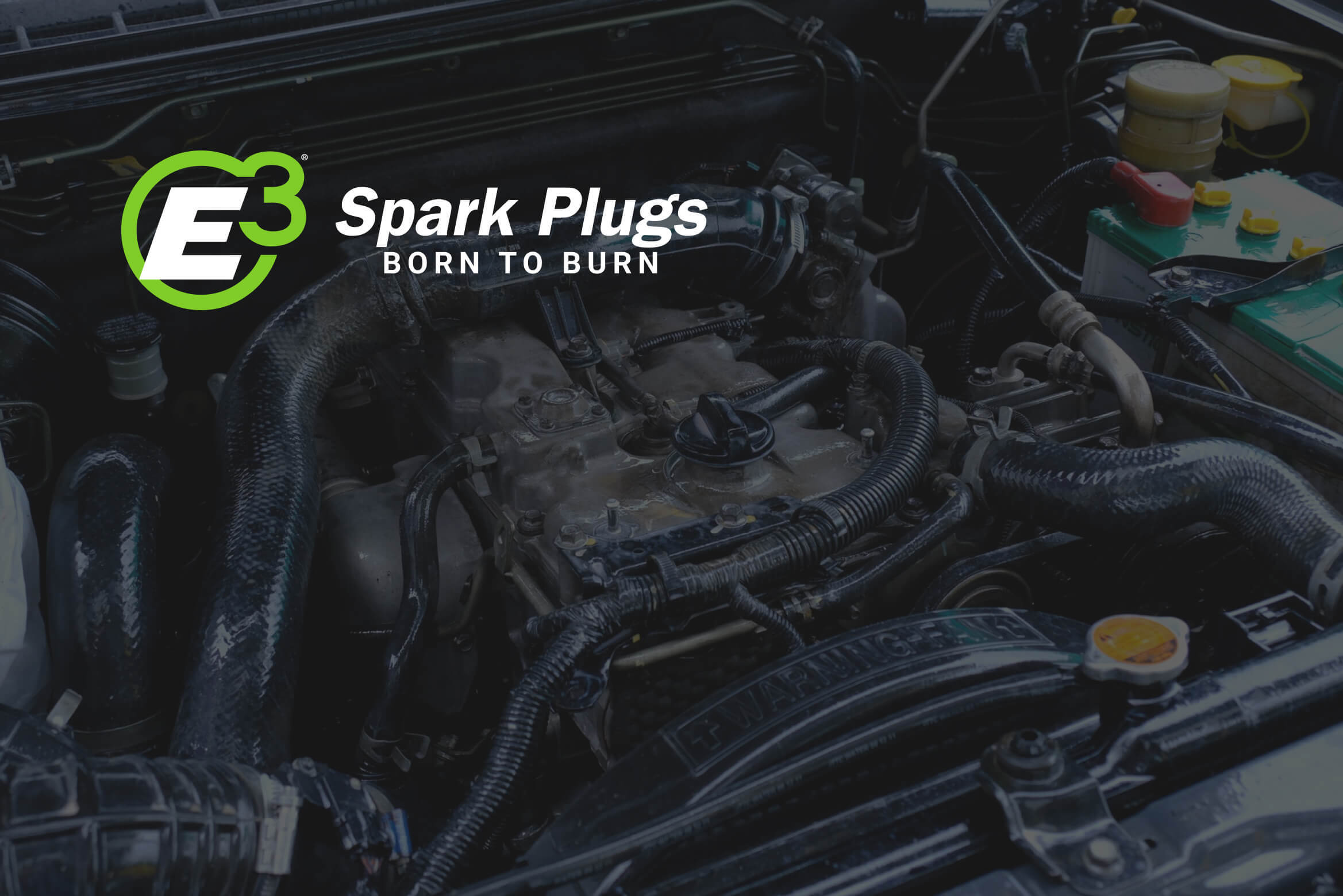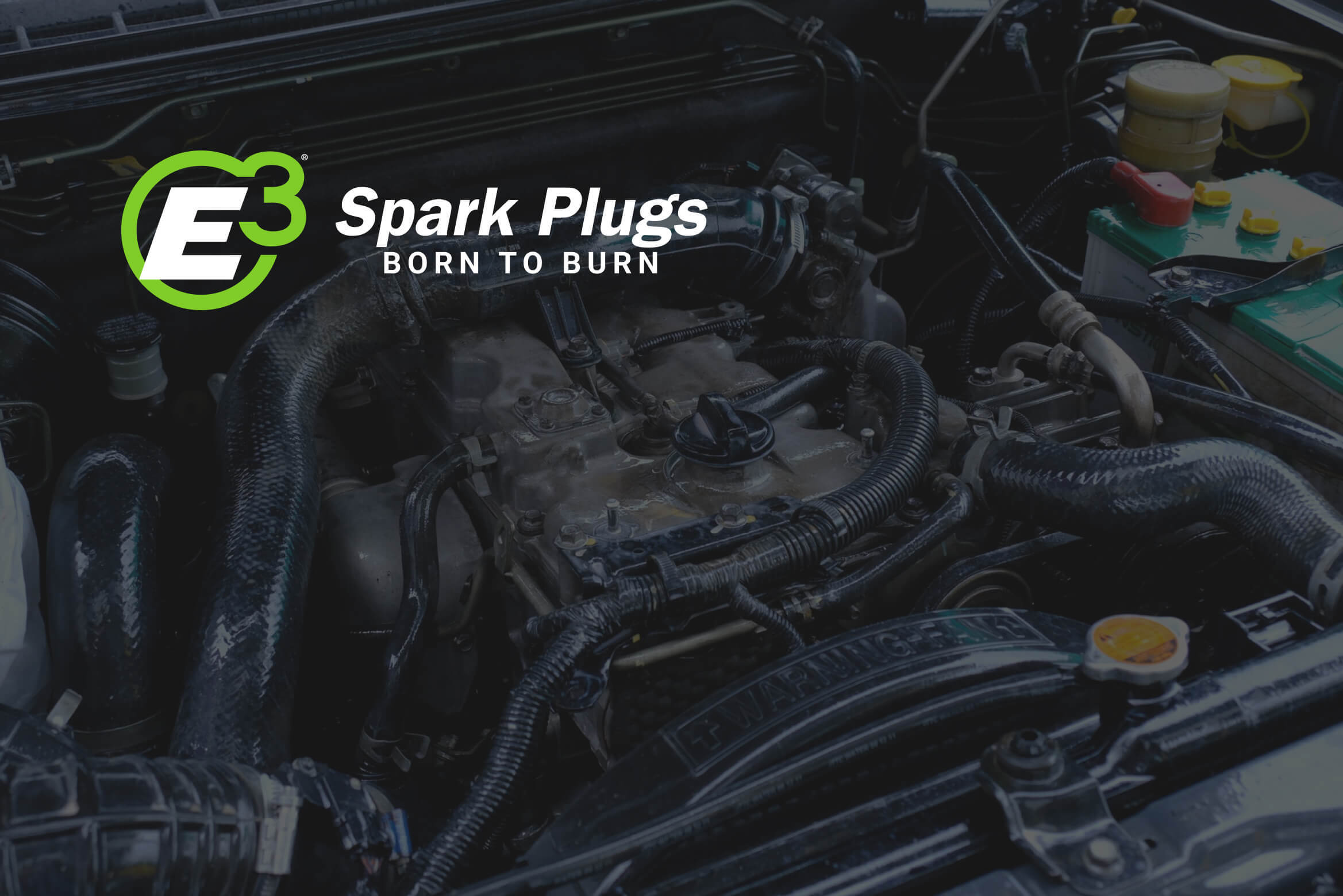

Dad in the driver’s seat, mom up front, and Junior safely strapped in behind Dad. It’s the standard on-the-road setup for most families. But national safety officials are calling foul. Turns out the back seat can be a dangerous place for the kiddos.
According to the Center for Auto Safety (CAS), between 1990 and 2014, there were nearly 900 instances of children sitting in the back seats of cars being crushed to death when a front seat holding a driver or much heavier passenger collapsed collapsed backward. And this doesn’t just happen in high-speed crashes. In fact, at just 30 miles per hour, most seatbacks are capable of crushing children sitting in rear seats.
You’ve likely heard that the back seat is safest for kids. The National Highway Traffic Safety Administration has been saying it since 1991, and it’s true – to some extent. Rear-seat placement does help to protect kids from the crushing blow of front-seat airbags. But much of their safety depends on who is seated directly in front of them, CAS officials say.
"In all too many cases, the parents are in the front seat with the heavier father driving so that the lighter mother can watch and tend to the child," CAS Executive Director Clarence Ditlow said in a letter to the NHTSA about those 900 fatal crashes. “While the rear seat is the safest location for a child, it is safer still if the child is placed behind an unoccupied front seat or behind the lightest front-seat occupant.”
Ditlow and other CAS officials say the NHTSA and others are dragging their feet on the issue. In fact, as far back as 1967 (nearly half a century ago) the Society of Automotive Engineers issued its own report warning that poorly designed seats could become injury-producing projectiles in a crash. And in 1989, a researcher petitioned NHTSA to upgrade safety standards, making it mandatory that a seat be able to withstand both 20 times the weight of a seat-back and 20 times the weigh of an occupant. Thus far, it seems all warnings have been patently ignored.
“Until cars on the American highway are equipped with adequately strong front seats and seatbacks,” Ditlow says, “children in rear seats behind occupied front seats will continue to be in danger of death or severe injury from front seatback failures in rear-end impacts.”
If you’re taxing your brood around town, we here at E3 Spark Plugs urge you to take note of the CSA’s safety recommendations.







